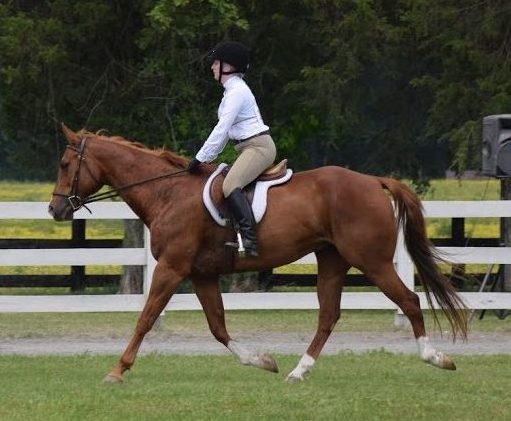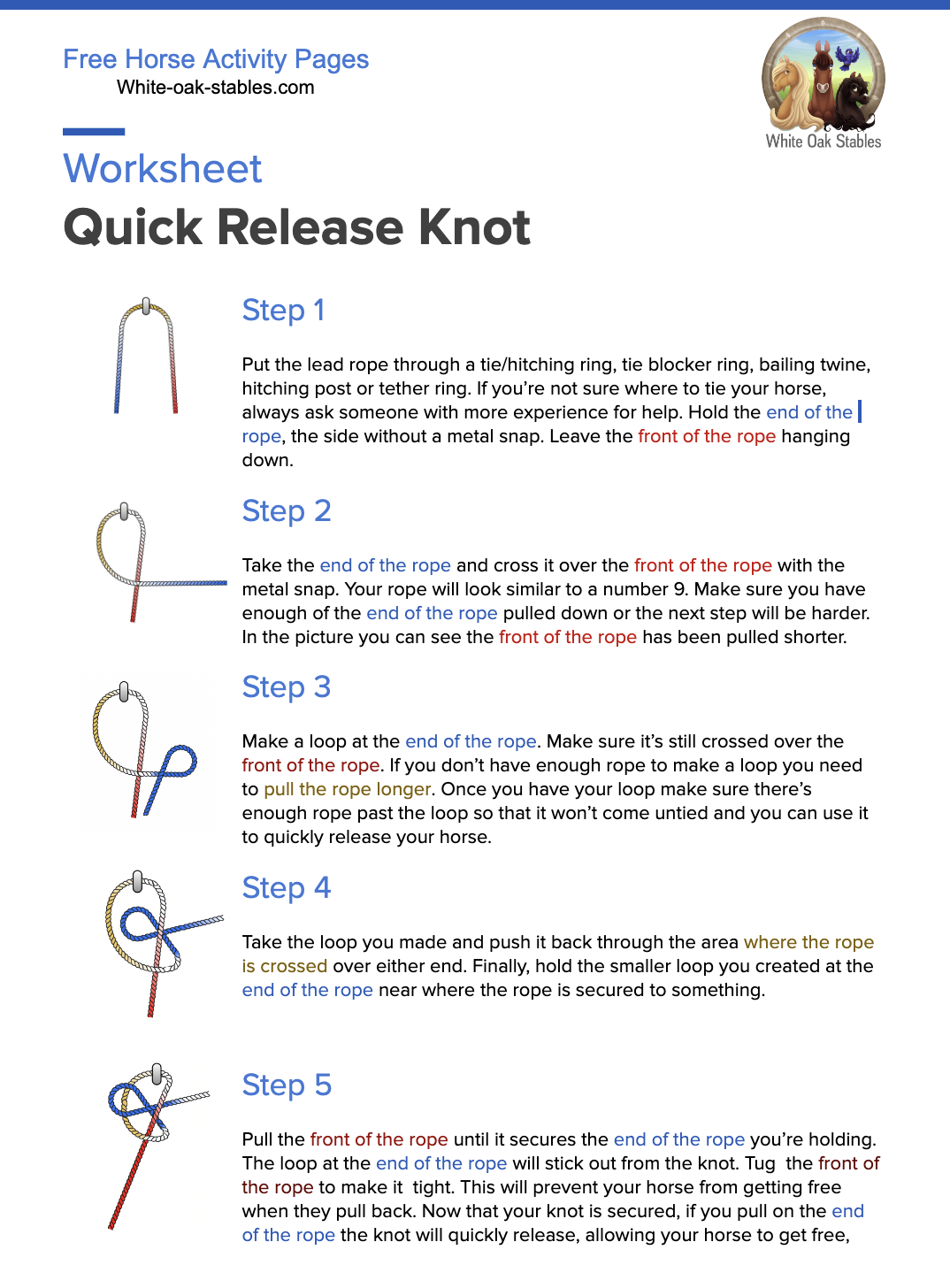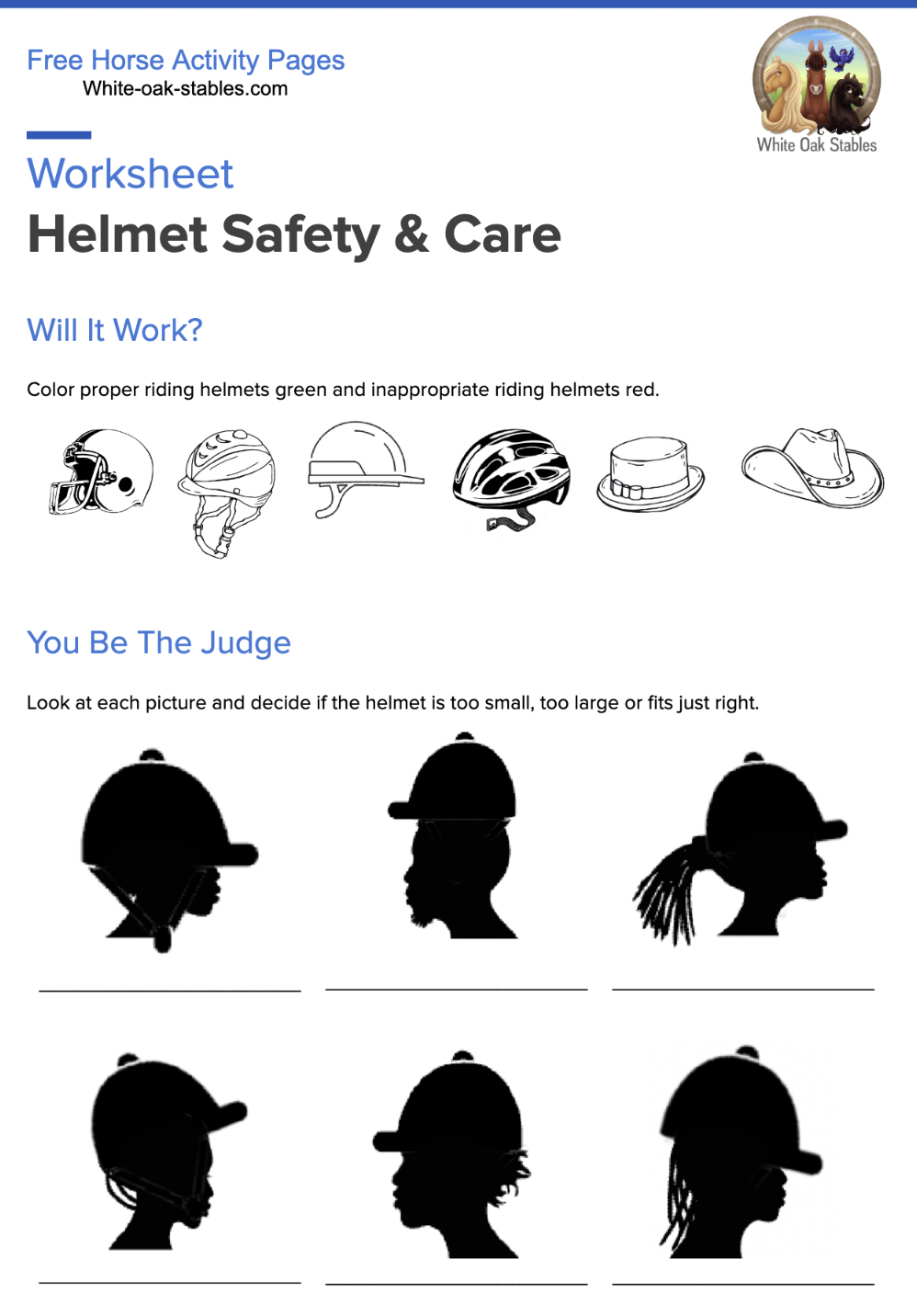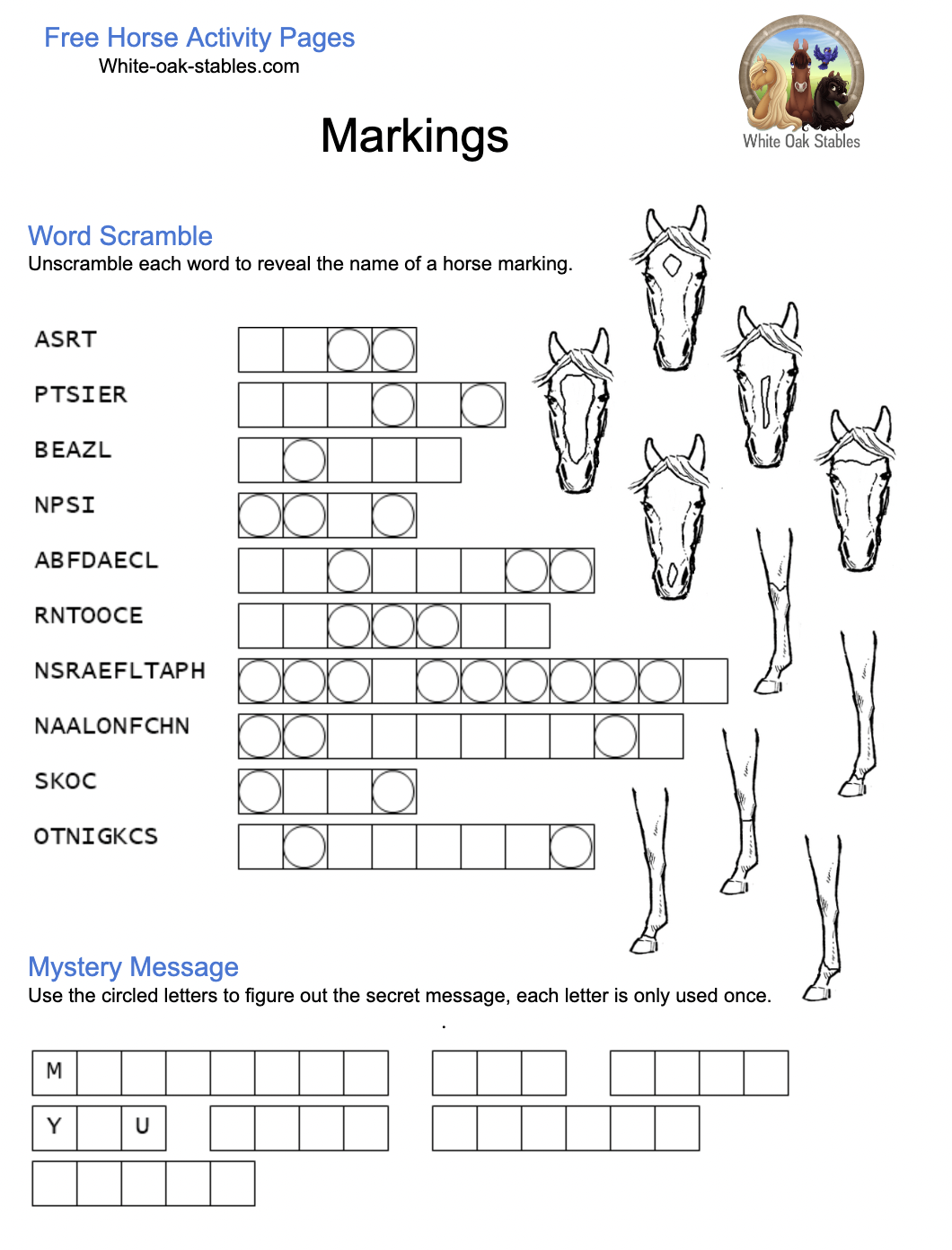The Problem
I see a lot of horses at local horse shows and in lesson barns that have become, what I call, “dead to your legs.” If you have to kick and kick your horse to go or if you always ride with a crop or spurs then you’ve ran into this situation too. In fact, it’s not that uncommon for green horses or lesson horses to behave this way because they’ve learned how to tune out what a rider’s legs are asking them to do. So the question becomes, how do you fix it?
The Solution
One of the best analogies I’ve ever heard about getting a horse to be more sensitive to your aids is that “when you whisper a command your horse should shout back it’s response” from Olympic dressage coach Jane Savoie. Instead of “shouting” at your horse by using a crop or kicking them or using spurs you have to teach your horse how to listen you whisper, give you a more active gait and then maintain the speed you set them at. This means you have to spend less time constantly encouraging and adjusting your horse so you can focus on other things.
The goal of all these exercises is to teach your horse that it’s more work if they don’t listen to your “whispered” commands than it is when you’re “shouting” at them. Although each exercise is the same they all aim to achieve different things. If you skip one of the exercises or try them out of order you may end up confusing your horse because they don’t understand what you’re asking them to do. I break this exercise into multiple phases so your horse will gradually learn what you are asking of them and it also allows you spend time working on one phase longer than others if your horse has trouble with it.
Whispering & Shouting: Phase 1
- Halt your horse.
- Now very lightly squeeze both or your legs and ask your horse to walk, this is you whispering to your horse.
- If you don’t get an immediate response from your horse walking, use your legs and give your horse repeated small kicks until they break into a trot. The object here is not to kick your horse hard, only to be annoying enough that they have to start trotting. This is you shouting at your horse.
- Once your horse is trotting bring them back down to a walk and then a halt. Whisper to your horse to walk again by giving them a light squeeze with both legs. Repeat steps 3 and 4 until your horse will walk off with just the smallest squeeze of your legs.
- You have now completed the first phase of the exercise.
Active Gait: Phase 2
Now that your horse is listening to you when you whisper with the tiniest of squeezes you’re ready to start improving their responsiveness. You should also find that after you’ve done the exercise in phase 1 you won’t need to shout at your horse so much.
- Halt your horse.
- Whisper to your horse by giving them the slightest of squeezes to start walking. If your horse doesn’t respond immediately go back to phase 1. If your horse does respond immediately continue with this exercise.
- Evaluate your horse’s walk. Do you think they could start trotting if you gave them another very slight whispering squeeze? If the answer is no then use your legs to give your horse repeated small kicks until they’re trotting again. The object is not to kick them hard, only to be annoying until they have picked up a trot again.
- Now bring your horse back to a walk and then a halt. Repeat steps 2-4 until your horse will walk immediately with the slightest touch of your legs but it is also giving you a big, marching walk with lots of impulse. You want them to be walking fast enough that if you gave them another small squeeze they could instantly be trotting. If that’s not the case repeat this exercise until you’ve achieved a marching walk.
- With this exercise you are teaching your horse not only to listen to your whispered leg aids, but to give you a more active gait so you won’t have to work as hard to make your horse transition between gaits.
Maintain Speed: Phase 3
Now your horse knows how to listen to you whispering and instantly give you a more active and lively gait. It’s time to put in the last phase of your training. You should already notice a marked difference in how well your horse listens to you and how much less squeezing and kick you have to do in order to get your horse going.
- Halt your horse.
- Very gently squeeze your horse and ask it to walk. At this point it should be walking immediately and giving you an active, marching walk. If it doesn’t go back to phase 2. If it does continue to the next step.
- Let your horse keep it’s marching walk. As soon as you notice the quality of that walk changes, they’re slowing down, not marching in the same rhythm or speed, use your legs to shout at them and make them trot.
- Bring your horse back to a walk and then a halt. Repeat steps 2 and 3 until your horse will immediately give you a marching walk and then maintain the quality of that walk until you ask it to change the rhythm and speed you’ve set it to.
Transition Gaits: Phase 4
By this point in time you should really be feeling a difference when you ride your horse. Now when you ask it to walk you get a nice, big walk and it maintains that speed without you having to constantly encourage it to stay at the speed you set them to. Once you’ve conquered the walk it’s time to work on the rest of the gaits. Repeat all 3 prior phases with all of the following upwards and downwards transitions:
- Halt to Trot
- Halt to Canter
- Walk to Trot
- Walk to Canter
- Walk to Halt
- Trot to Canter
- Trot to Walk
- Trot to Halt
- Canter to Trot
- Canter to Walk
- Canter to Halt





